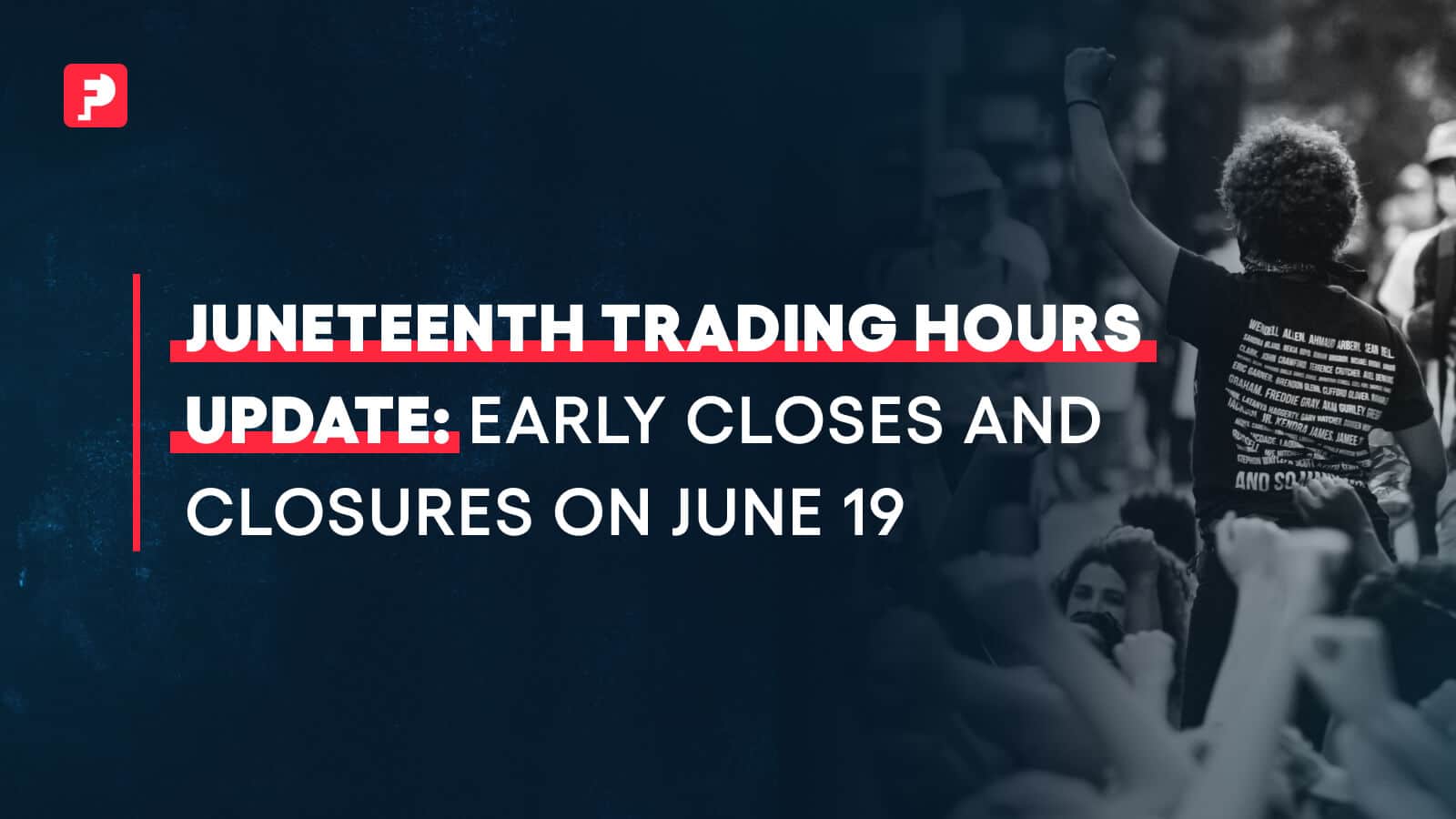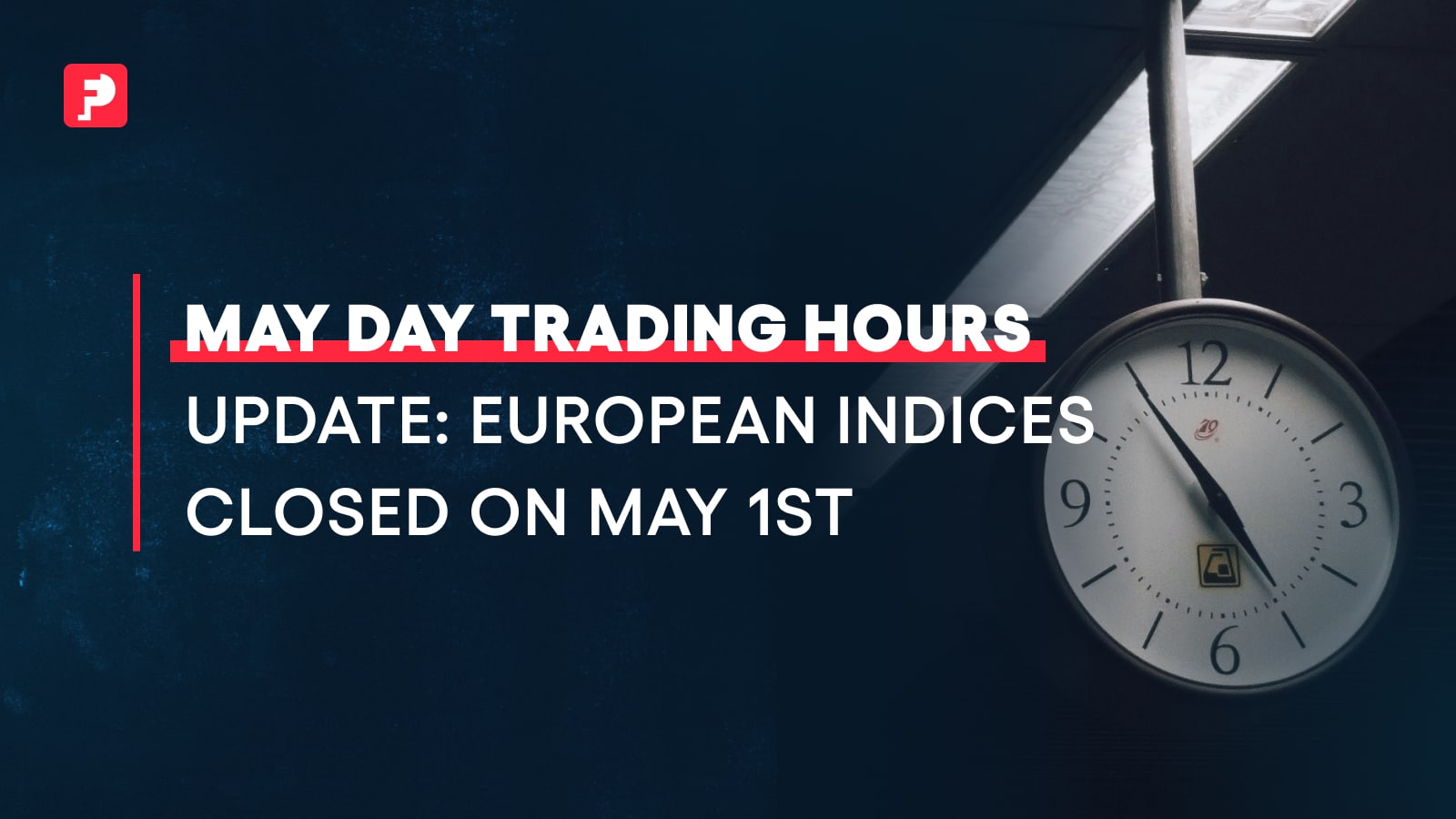
Sterling Gains Ground as GBP/USD Hits 7-Week High on BoE Rate Decision
Key Takeaways
- The Bank of England reiterated its dedication to keeping its key interest rates stable
- US jobs data reported Friday revealed a significant slowdown in US job growth
Reason for Pause
The GBP/USD pair kicked off the week clinging on to gains made last Friday, currently trading at around $1.24, the highest level in seven weeks. The major pair has bolstered 2% in the last 5 days as the sterling was boosted by a combination of factors, not least the Bank of England’s decision to leave its key interest rate unchanged at levels unseen since 2008 recession times.
The BoE mirrored the Federal Reserve in its decision to maintain its benchmark rate at 5.25%. Much like the Fed’s decision, the UK central bank’s stance was in line with market expectations. This marks the second rate pause in a row, after 14 consecutive hikes in an effort to wrestle inflation to a 2% goal.
To further fuel the gains, the US nonfarm payroll data came in below market expectations, signaling that the Federal Reserve might be done with its hawkish tightening cycle. In what some are calling a “Goldilocks report”, the NFP figures revealed a sharp slowdown in hiring, reporting 150,000 jobs were created in October, missing analysts’ forecasts of 180,000. The weak results may indicate that the Fed is heading for a soft landing.
As a result of the NFP jobs data falling short of expectations, there is downward pressure on the US dollar, in turn softening Treasury note yields. The yield on the 10-year Treasury note, which reached a peak of 5% in October, slumped to 4.6% in response to the softer-than-expected economic data.
With a weaker-than-usual US dollar, shedding approximately 1.37% of its value in the last month, the sterling made some headway against the greenback. That being said, it’s worth noting that the pair has still gained at least 11% over the course of the last year.
This Week’s Forecast
The Pound’s future prospects could hinge on the incoming Q3 Gross Domestic Product data, on deck for this coming Friday. The GDP report gauges the value of goods and services produced in the UK and as a measure of growth is revered as a fundamental indicator of overall economic health.
Back in Washington, Fed Chair Jay Powell is set to take part in a policy panel discussion on Thursday, where market participants can expect to gather some more insight into the Fed’s economic outlook.
Traders and investors watch the GDP data with a keen eye. Given the fact it provides a snapshot into the well-being of the UK’s economy, its results hold the potential to impact not only the Pound but the currency market in general.



